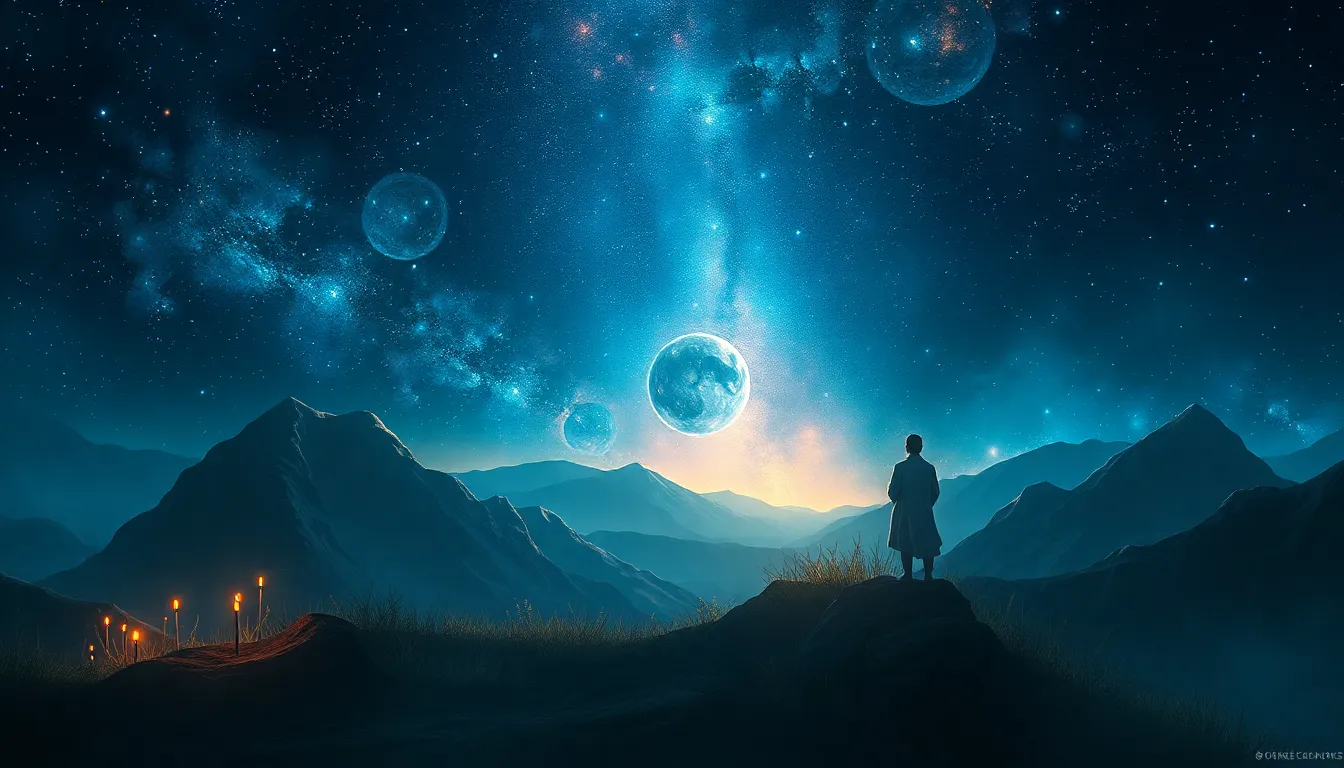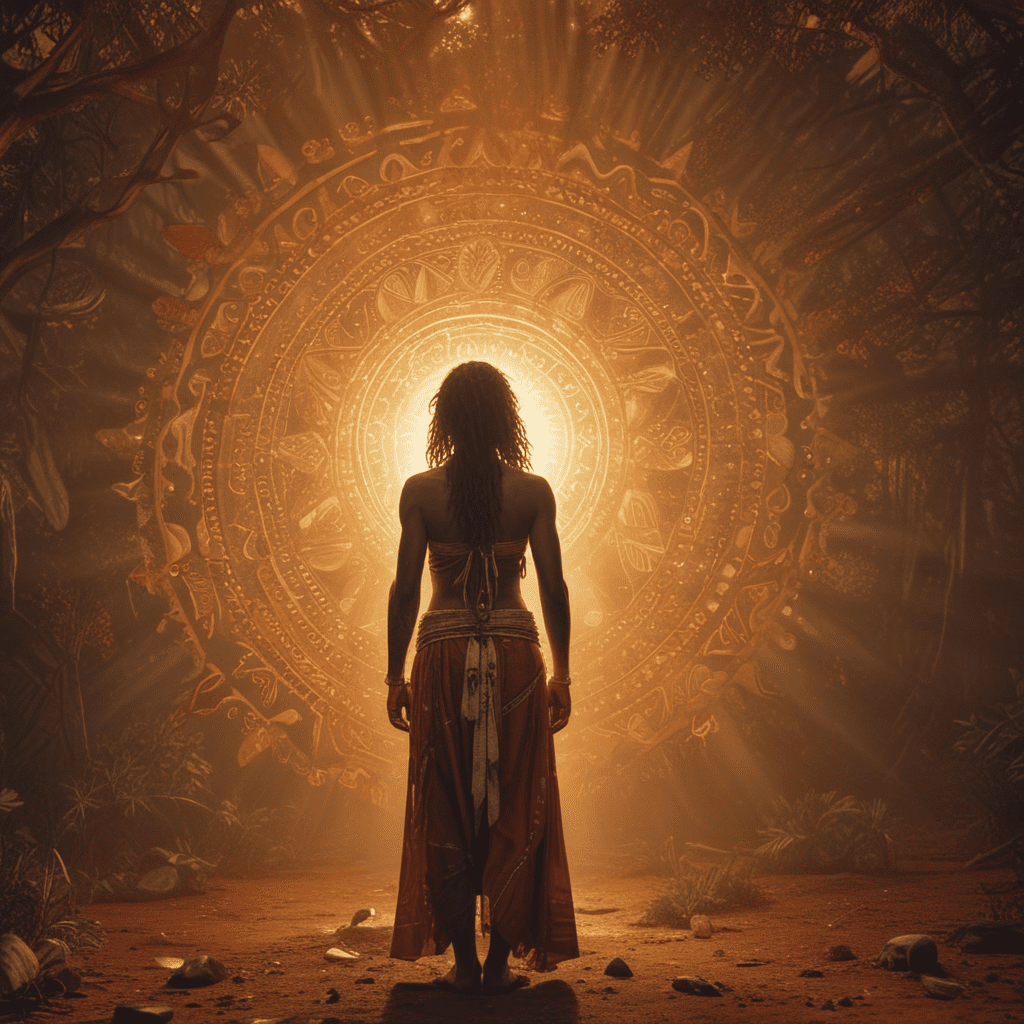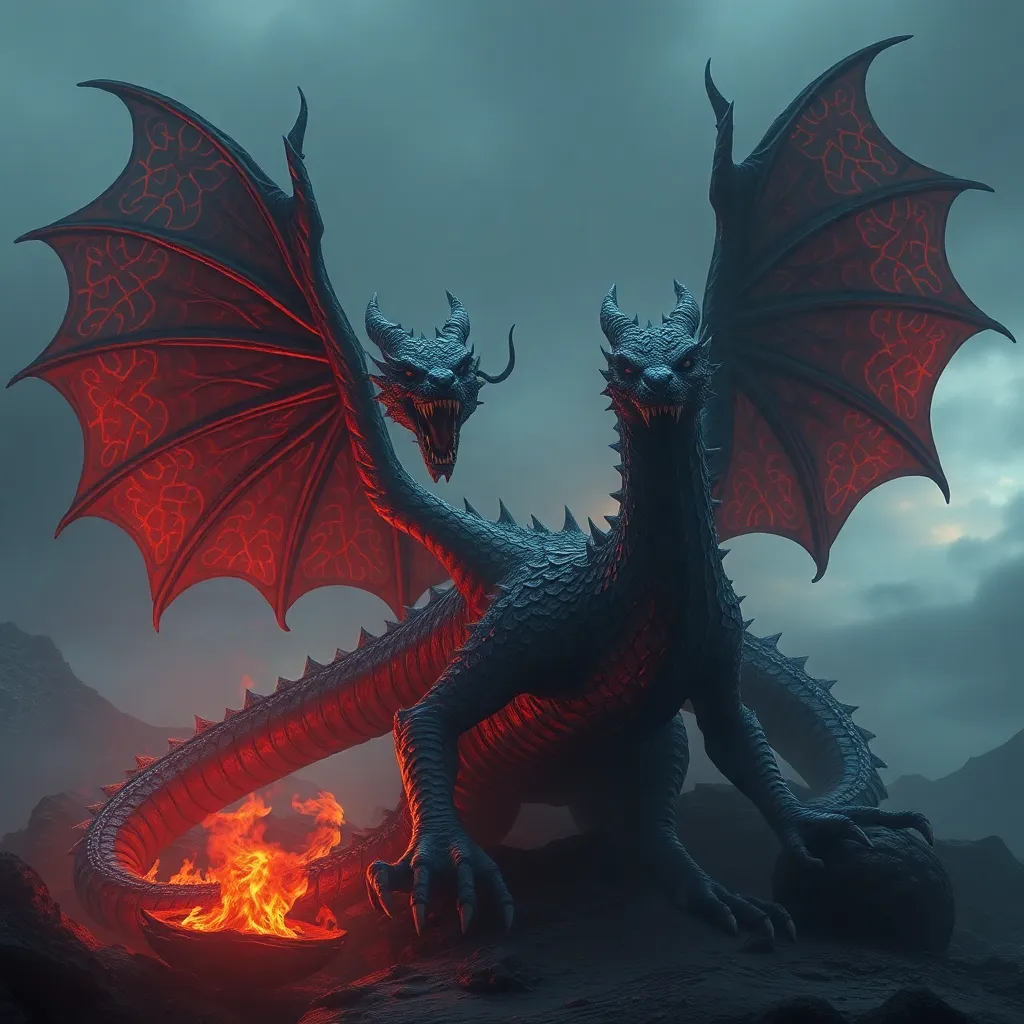Exploring the Myths of the Underworld: What Lies Beyond?
I. Introduction
The concept of the underworld is a fascinating aspect of human mythology, representing humanity’s deepest fears and hopes about death and what lies beyond. Different cultures have their interpretations of the underworld, often shaped by their beliefs, traditions, and experiences. This article delves into various myths surrounding the underworld, their significance, and what they reveal about human nature.
Understanding these myths is crucial as they provide insight into how societies have coped with the inevitable reality of death. By exploring various interpretations and themes, readers can better appreciate the rich tapestry of human belief surrounding the afterlife.
In this article, we will explore the diverse representations of the underworld across civilizations, common themes found in these myths, their psychological implications, and their relevance in modern culture.
II. The Concept of the Underworld Across Civilizations
Throughout history, the underworld has been portrayed in numerous ways across different cultures. Here are some notable examples:
A. Ancient Egyptian Duat: The Journey of the Soul
The Duat is the ancient Egyptian underworld, characterized by a complex journey that the deceased must undertake. It is depicted as a realm filled with dangers and challenges, where the soul must navigate through various obstacles to reach the afterlife. Key beliefs include:
- The weighing of the heart against the feather of Ma’at to determine the soul’s fate.
- Deities such as Osiris and Anubis play pivotal roles in guiding and judging souls.
- Rich burial customs were essential for ensuring safe passage through the Duat.
B. Greek Hades: The Realm of the Dead
In Greek mythology, Hades is both the name of the god of the underworld and the realm itself. This underworld is often depicted as a dreary place where souls reside after death. Key components include:
- Three distinct regions: Elysium for the blessed, the Asphodel Meadows for the ordinary, and Tartarus for the damned.
- Charon, the ferryman, transports souls across the River Styx to the afterlife.
- The concept of punishment and reward based on earthly deeds.
C. Mesopotamian Underworld: The Land of No Return
The Mesopotamian underworld, known as Kur or Irkalla, is characterized by its bleakness and the inevitability of death. Here are some of its defining features:
- All souls go to the underworld regardless of their actions in life.
- It is a shadowy realm devoid of light and joy.
- Rituals were performed to appease the gods and ensure a peaceful passage.
D. Norse Hel: A Place for the Unworthy
In Norse mythology, Hel is the realm ruled by the goddess Hel. It is a place designated primarily for those who did not die a heroic death. Important aspects include:
- Hel is often portrayed as a cold and dreary place.
- Those who died in battle went to Valhalla, while others were relegated to Hel.
- The concept of honor and valor plays a significant role in determining one’s afterlife destination.
III. Common Themes in Underworld Myths
Despite the differences in cultural representations, certain themes are prevalent in underworld myths around the world:
A. The Transition from Life to Death
Many myths depict the underworld as a transitional space, where the soul undergoes a journey from life to death, symbolizing the inevitable passage every human must face.
B. The Role of Deities and Guardians
Deities often serve as guides or judges in the afterlife, reflecting the culture’s values and beliefs about morality and justice.
C. Symbolism of Darkness and Light
The contrast between darkness (the underworld) and light (the world of the living) serves to emphasize the fear of the unknown and the mysteries surrounding death.
D. The Morality of Afterlife Judgement
Many cultures integrate a moral framework into their afterlife beliefs, where actions in life influence the soul’s fate in the afterlife.
IV. Underworlds in Mythology vs. Modern Interpretations
The concept of the underworld has evolved over time, reflecting changes in societal beliefs and cultural values.
A. Evolution of the Underworld Concept Over Time
While ancient myths were often rooted in religious beliefs, contemporary interpretations may blend these narratives with personal spirituality or secular views.
B. Influence on Literature and Popular Culture
Myths of the underworld have profoundly influenced literature, art, and modern media, shaping narratives about life, death, and the afterlife.
C. Comparison of Mythological Underworlds to Modern Spiritual Beliefs
Contemporary spiritual beliefs may draw from these ancient myths, adapting them to fit modern understandings of life and death, often focusing on personal experiences rather than rigid doctrines.
V. The Psychological Aspects of Underworld Myths
Underworld myths serve not only as cultural narratives but also as reflections of the human psyche.
A. Understanding Fear and the Unknown
Myths about the underworld often address humanity’s fear of death and the unknown, offering explanations and narratives that help individuals cope with existential questions.
B. The Underworld as a Reflection of Human Experience
The underworld can symbolize the struggles, fears, and hopes inherent in the human condition, providing a framework for understanding life’s challenges.
C. Archetypes and the Collective Unconscious
Many of these myths feature archetypal characters and themes that resonate universally, tapping into the collective unconscious described by psychologist Carl Jung.
VI. The Role of Rituals and Practices
Rituals surrounding death and the underworld play critical roles in various cultures.
A. Funerary Customs Across Different Cultures
Funerary practices vary widely, from elaborate burial rites to simple cremations, each reflecting the culture’s beliefs about the afterlife.
B. The Significance of Offerings and Sacrifices
Many cultures believed that offerings to the dead could ensure their comfort in the afterlife and appease the gods.
C. Modern Practices Influenced by Ancient Traditions
Elements of ancient rituals can still be seen in contemporary practices, such as memorial services and the honoring of ancestors.
VII. Case Study: The Underworld in Literature and Film
Literature and film have long explored themes of the underworld, providing insights into cultural interpretations of the afterlife.
A. Depictions in Classic Literature (e.g., Dante’s Inferno, The Odyssey)
Classic works often portray the underworld as a place of moral reckoning, with vivid descriptions of punishment and reward.
B. Modern Representations in Movies and Video Games (e.g., “Coco,” “Hades”)
Modern narratives often blend traditional themes with contemporary storytelling, making them accessible and relevant to today’s audiences.
C. How These Narratives Shape Our Understanding of the Afterlife
These artistic representations invite audiences to reflect on their beliefs about death and what may lie beyond, often sparking discussions about morality and existence.
VIII. Debunking Common Myths About the Underworld
Misconceptions about the underworld can cloud our understanding of these rich narratives.
A. Misconceptions About the Nature of the Afterlife
Many people conflate mythological depictions with absolute truths, overlooking the symbolic nature of these stories.
B. The Conflation of Myth With Reality
Understanding myths as cultural narratives rather than literal truths allows for a deeper appreciation of their significance.
C. The Importance of Cultural Context in Understanding Myths
Recognizing the cultural context of these myths enriches our understanding and prevents oversimplification.
IX. The Future of Underworld Myths in Contemporary Society
As society evolves, so too do the myths surrounding the underworld.
A. Relevance of Underworld Myths in Today’s World
Underworld myths continue to resonate, offering frameworks for understanding grief, loss, and the human experience.
B. Potential for New Interpretations and Adaptations




